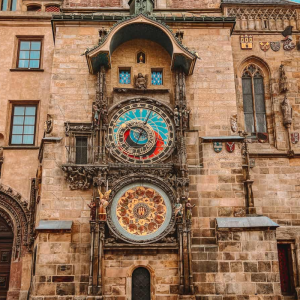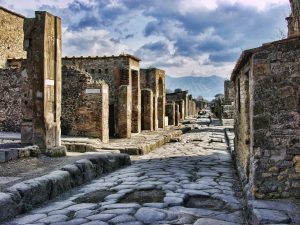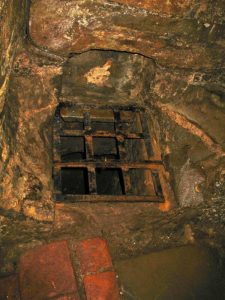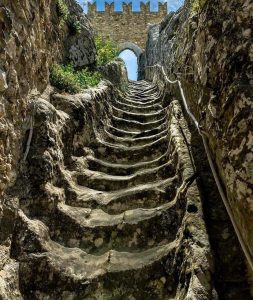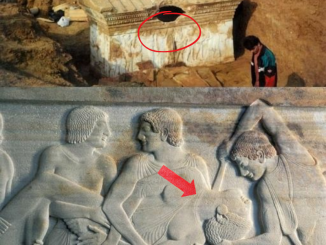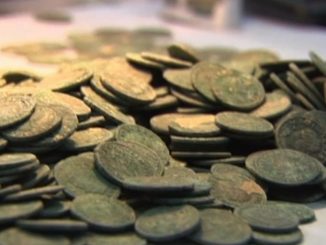In the heart of Europe lies Prague, a city celebrated not only for its grand historical monuments but also for its captivating “unnecessary” beauty. This lesser-acknowledged charm is most vividly captured through the thousands of hand-carved statues that grace its landscapes—from quaint alleys to the grand entrances of its buildings, much like the adorned entrance depicted in the photograph.

The Artistic Soul of Prague
Prague’s beauty unfolds in layers. Beyond the celebrated Charles Bridge, the Prague Castle, and the Astronomical Clock lies a realm of artistic treasures that are often overlooked. The city’s true essence, however, is in the myriad sculptures that dot its landscape, offering a glimpse into the rich tapestry of history and creativity that molds Prague. These statues, ranging from medieval to modern, are not merely decorations but narrations of the city’s enduring love affair with art.
A Gateway Adorned
The photograph showcases an ornate architectural gateway flanked by robust statues of muscular figures, each carved with a meticulous attention to detail that could rival the collections of the world’s greatest art galleries. These figures stand as silent guardians of history, their every muscle and expression a testament to the skill of their creators. This entrance, while functional, transcends its purpose to become a piece of art in itself, inviting both awe and admiration.
The Philosophy of “Unnecessary” Beauty
In Prague, the beauty of such art is considered “unnecessary” – a term that underscores its existence beyond mere functionality. These sculptures and carvings are not essential for the city’s infrastructure, nor do they serve any governmental or religious purpose. Instead, they are pure embellishments, meant to beautify and provoke thought, to enhance a walk through the city streets and enrich the daily lives of its people and visitors.
Reflection of Cultural Identity
This “unnecessary” beauty speaks volumes about Prague’s cultural identity, which values beauty and artistry as intrinsic elements of city life. It reflects a historical penchant for aesthetic excellence that has been nurtured over centuries, surviving wars and political changes, yet continuing to thrive and define the character of the city.
As one walks through Prague, it becomes clear that the real key to its allure is not just in its great monuments but in these lavish details and hidden gems. Each statue, each carving on a nondescript building or gateway, like the one captured in the image, contributes to a grander narrative of a city that lives and breathes art. They remind us that beauty does not always have to serve a purpose; sometimes, its existence is enough to inspire and to be celebrated. In Prague, beauty is not just seen—it is felt.
